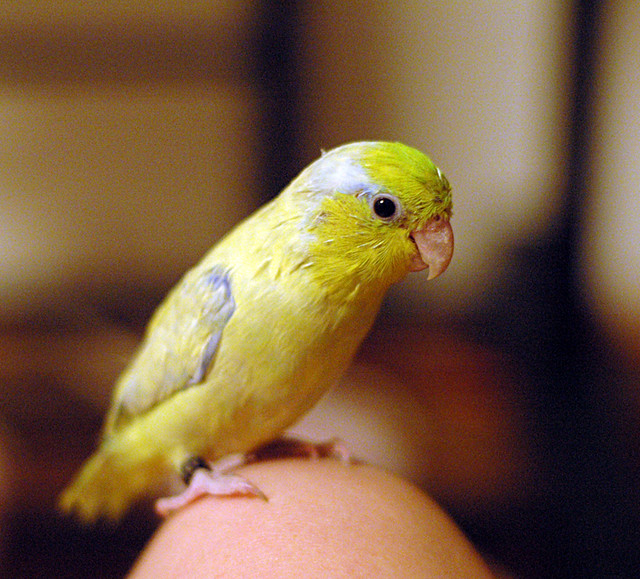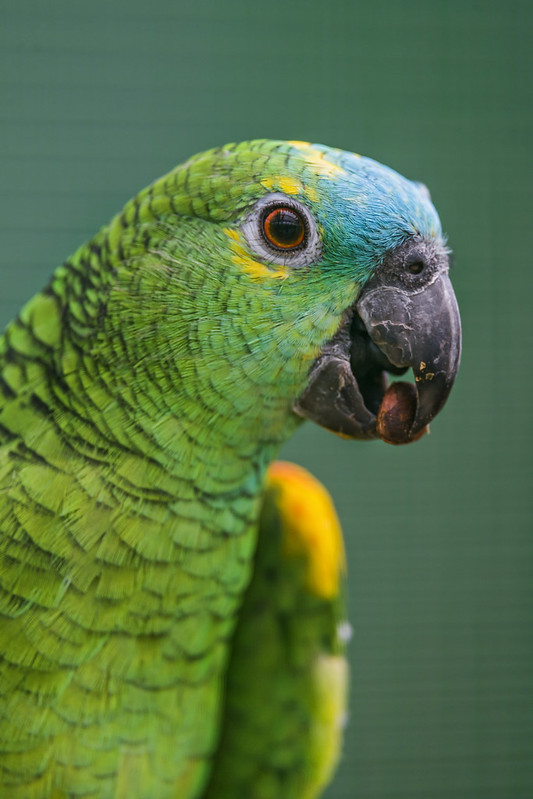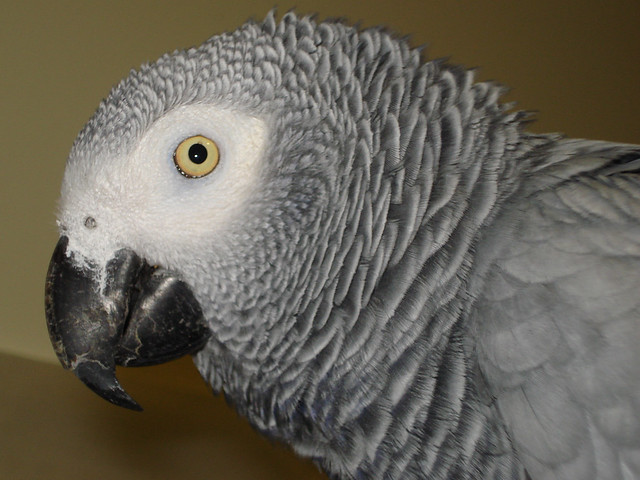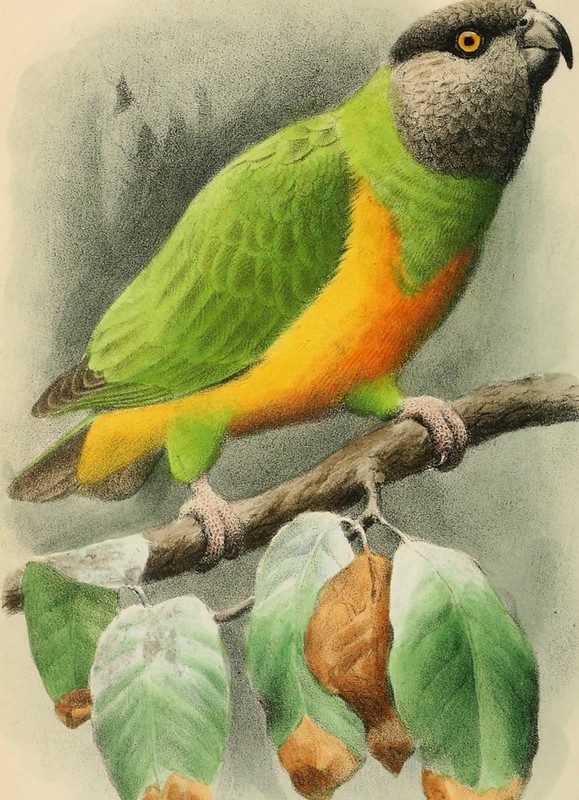 |
| Sun Conure - Photo: Pixabay |
Converse With a Conure
Conures are known for having the smallest vocabulary out of the parrot family. However, what they lack in words, they make up for in personality. Conures have a loud, attention-getting voice, and they sound more like a bird than other species. Although they can reproduce the human voice to some degree, you may also hear them chatter in bird talk while maintaining a human-like rhythm. They also have a surprisingly strong ability to mimic many different kinds of sounds, and your conure can keep you in giggles as they sneeze, chortle and chuckle.
Query a Quaker
Quakers have tons of personality and many bird lovers claim that their quaker can respond as if they understand the entire conversation. Perhaps this is due to their impeccable timing, which indicates that they may have some understanding of the intricacies of human language. For example, you may find your quaker telling you "good night" as you turn off a light, or they may say "thank you" when you give them some food. Quakers are full of surprises and this is one talking bird that can keep the one-liners coming.
Babble with a Budgie
 |
| Wiki CC |
Budgies often get overlooked when it comes to talking birds, but according to the Guinness Book of World records, a budgie has earned the distinction of being "The Most Talking Bird" with a vocabulary of more than 1700 words. If you are considering getting a budgie, then be sure it is a male since females do not talk. Additionally, budgies pick up new words from their environment and are constantly adding to their vocabulary. Try leaving the radio or television on during quiet periods of the day and you will be amazed at how much your budgie can learn to say.
Gab with an African Grey
African greys are quieter than a conure, yet they also have the ability to reproduce different voices depending upon whom they are mimicking. For example, your African grey may sing a song in the voice of your favorite musical artist, or they could squawk "hello" in your kid's voice so well that you think they are in the room. As you teach your grey to talk, keep in mind that they learn words faster when emotions are attached to them. So, get excited when you tell them hello or call them a pretty bird.
Talking birds are a great addition to any home, and you can spend hours training your bird to communicate effectively. Whether you prefer a chatterbox or an occasional bit of birdie wisdom, there is a type of talking bird that will fit your preferences. Just remember that talking to your bird frequently is the best way to expand their vocabulary which means that you can get started from the moment you bring your new bird home.
|













